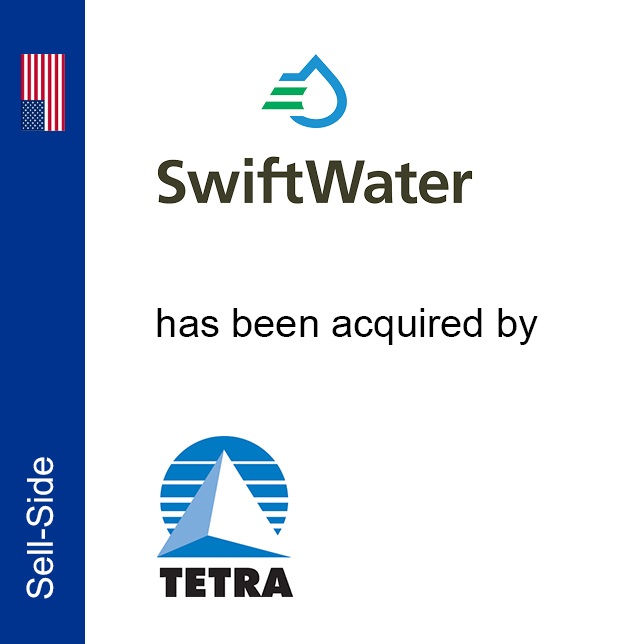
Energy
KPMG Corporate Finance LLC’s investment bankers have extensive Energy transaction and industry experience, which enables them to understand the industry- specific issues and challenges facing our clients.
Energy and natural resources
Our Energy and Natural Resources team focuses on providing financial advisory services in structured and project financing, debt and private equity advisory, mergers, acquisitions, divestitures, and capital structure enhancement for our global energy and resources customers. The Energy and Natural Resources team within KPMG Corporate Finance LLC provides services across the sector to global and domestic companies engaged in, operating or associated with:
- Mining and metals
- Oil and gas (operators and service firms in upstream, midstream and downstream markets)
- Gas and electricity utilities across the value chain (generation, transmission, delivery, end use)
- Mainstream energy generation (coal, gas, nuclear power, and cogeneration)
- Alternative fuels including biodiesel and ethanol
- Alternative power generation including wind and hydro-electricity
- Forestry, paper and pulp
Recent transactions

Nolan Power
KPMG Corporate Finance LLC acted as the exclusive financial advisor to Nolan Power Group, LLC.

SwiftWater Energy
KPMG Corporate Finance LLC acted as the exclusive financial advisor to SwiftWater Energy Services.
Meet our team
In today’s market, you need an advisor with objective insight at every step of the transaction process. We work with you throughout the full deal cycle to create value and successfully execute your deal strategy.


